what is it
maggiemaie
11 years ago
Related Stories

GREEN BUILDINGThe Passive House: What It Is and Why You Should Care
If you don’t understand passive design, you could be throwing money out the window
Full Story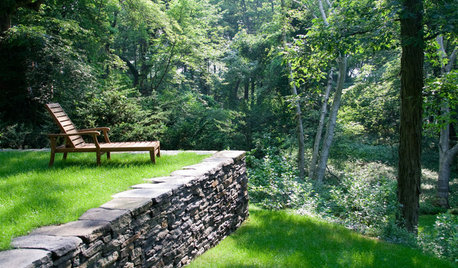
LANDSCAPE DESIGNWhat the Heck Is a Ha-Ha, and How Can It Help Your Garden?
Take cues from a historical garden feature to create security and borders without compromising a view
Full Story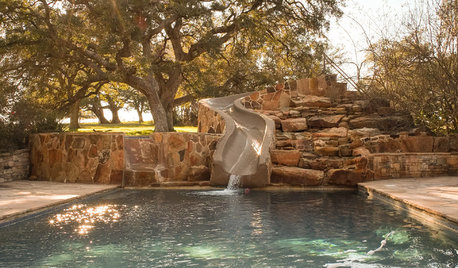
POOLSPool Slides: What's Possible, Who Can Build It and What It Will Cost
These slippery slopes will make a splash and offer an exhilarating ride that's the stuff of childhood dreams
Full Story
MATERIALSWoodipedia: Is It Cherry or Is It Alder?
Learn the differences between these two wood types, as well as costs, sustainability and a caution about finishing
Full Story
KITCHEN OF THE WEEKKitchen of the Week: What’s Old Is New Again in Texas
A fresh update brings back a 1920s kitchen’s original cottage style
Full Story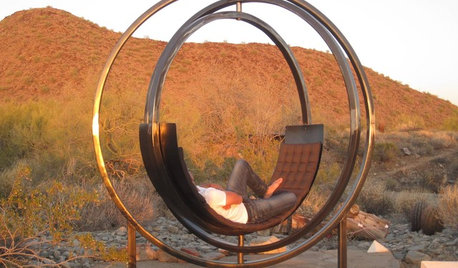
GARDENING AND LANDSCAPINGIs It a Gyroscope or Sculpture? Nope, It’s a Chair
With an inner ring that rotates 360 degrees, this student-designed seat is positioned to turn some heads
Full Story
OUTBUILDINGSIs It a Shed? An Office? Neither — It’s a ‘Shoffice’!
This sinuous structure in a London backyard supports gardening and writing in a most unusual fashion
Full Story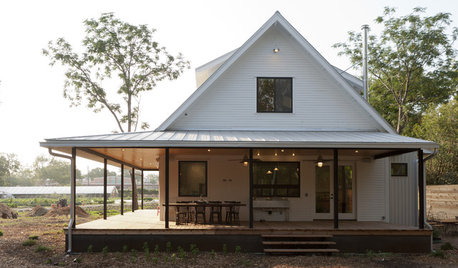
ARCHITECTUREWhat the Heck Is 'Good' Design Anyway?
We yearn for it and strive for it, but good home design isn't always easy to grasp. These 8 prescriptions from an architect can help
Full Story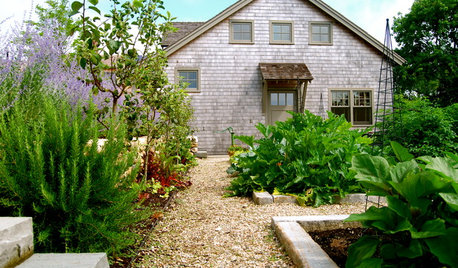
LIFEYou Said It: ‘What’s Your Time Worth?’ and More Houzz Quotables
Design advice, inspiration and observations that struck a chord this week
Full Story
COFFEE WITH AN ARCHITECTWhat Is Your Designer's Attitude Type?
Sometimes it's hard to tell if your architect or designer's glass is half full or half empty. Here's help
Full Story





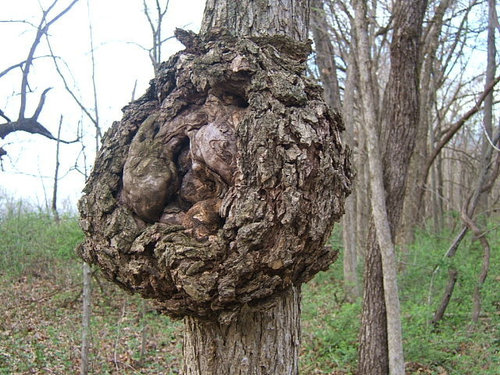
lindac
mawheel
Related Professionals
Tempe Landscape Architects & Landscape Designers · East Rancho Dominguez Landscape Architects & Landscape Designers · New Mexico Landscape Architects & Landscape Designers · Towson Landscape Architects & Landscape Designers · Arlington Landscape Contractors · New Carrollton Landscape Contractors · Cave Spring Decks, Patios & Outdoor Enclosures · Diamond Bar Decks, Patios & Outdoor Enclosures · Grafton Decks, Patios & Outdoor Enclosures · Jackson Decks, Patios & Outdoor Enclosures · Leander Decks, Patios & Outdoor Enclosures · Meridian Decks, Patios & Outdoor Enclosures · Randolph Decks, Patios & Outdoor Enclosures · Brighton General Contractors · Cheney General Contractorswest_gardener
rhizo_1 (North AL) zone 7
rhizo_1 (North AL) zone 7
endorphinjunkie
west_gardener
User